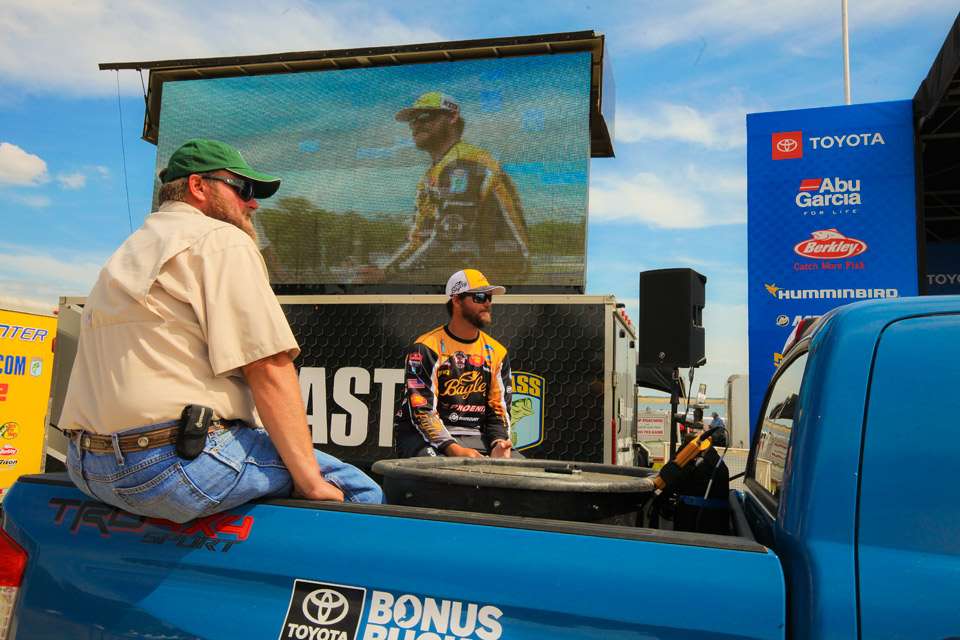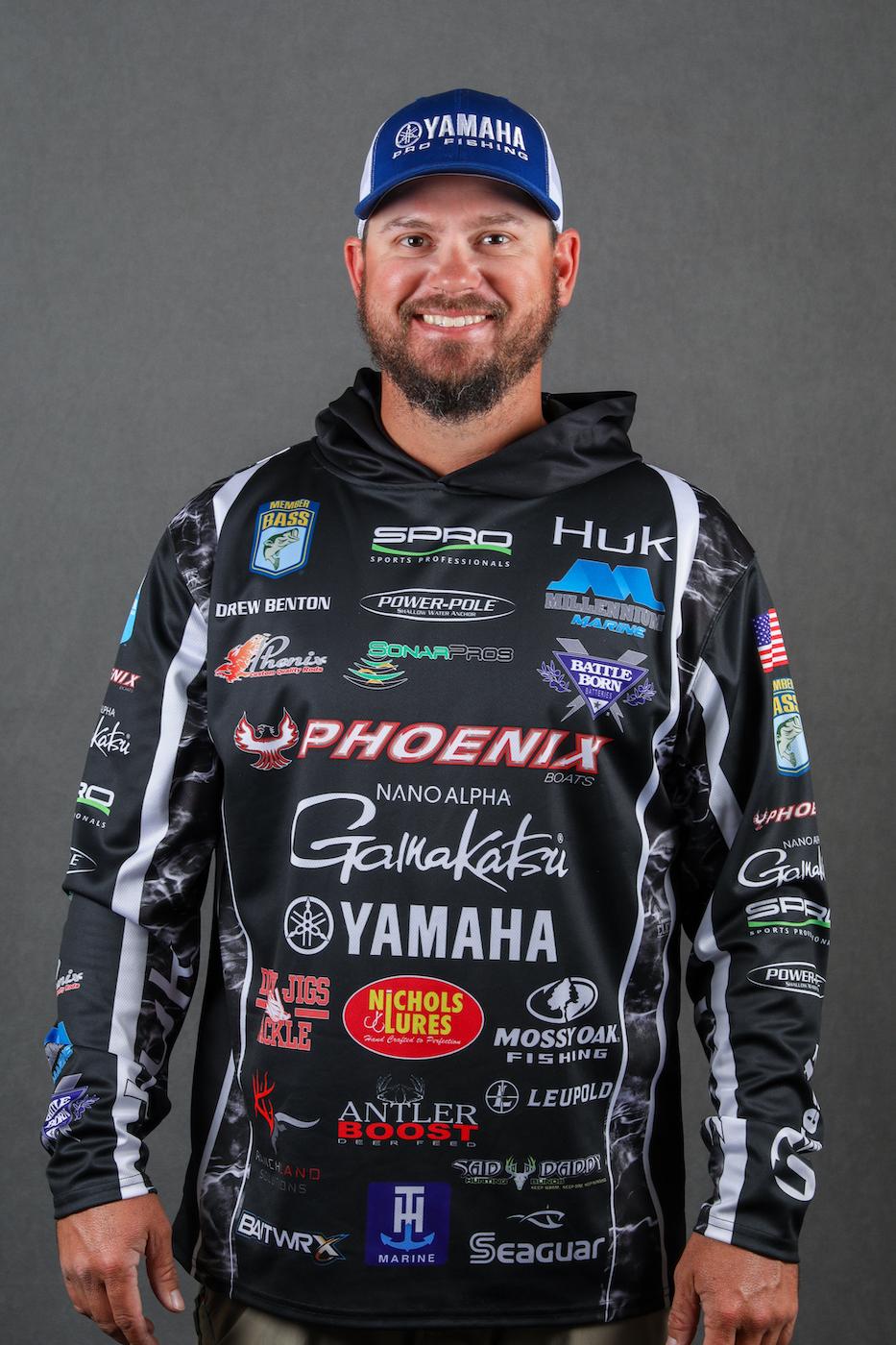
Here’s the simple reason I fish balsa: I believe it makes a superior crankbait when it comes to attracting bass bites, and you can’t catch them if they don’t bite.
First off, balsa is more buoyant than plastic. It floats higher in the water and has a more natural action. This is especially noticeable when a balsa crankbait deflects off of something. I think it’s quicker, and I know it looks more natural. Those are the two key things about a moving lure because they generate reaction bites.
If you don’t give a bass time to attack, and if your bait appears natural to them, they will be forced to make an instantaneous decision. That decision — maybe we should call it that instinct — will almost always be to attack. They’re predators. It’s not what they do. It’s what they are.
However, nothing in fishing, or life for that matter, is perfect. In the past the two big drawbacks to balsa were inconsistency and a lack of durability.
Both of those issues have been addressed recently by the Bagley Bait Company. They’ve developed a heat compression process they call HCM, Heat Compression Technology, and it’s available in many of their balsa lures. I’m not an engineer or a scientist so bear with me as I do my best to explain it.
Basically they cut the lures in half and them put them into a kind of mold. That allows them to compress the wood and remove most of the moisture from it. What that does is make the baits more uniform from one to the next. They’re all the same after that. If you lose one that’s catching bass, you can tie on another one just like it and you won’t notice any difference at all between the two.
And, once the wood is compressed and the moisture removed, the lure becomes more durable. Damage isn’t so much of a problem.
HCM is a pretty big deal when you think about it. It can get expensive to buy lures when half of them don’t run right, or to have to replace one every time you bounce it off your trolling motor, a rock or a bridge pylon.
As you can see I’m a big fan of Bagley balsa crankbaits, and I’m proud to be sponsored by them. But regardless of what make of balsa baits you choose to throw it’s important that you carry a handful with you anytime your on the water.
No matter how tough the bite gets you can almost always catch a few fishing with a crankbait. It’s no exaggeration to say that they’re a staple here on in the Southeast and most certainly in my boat. I can honestly say that I don’t leave the dock without a box of them in one of my lockers.
Balsa crankbaits are good anytime but they’re even better than good when the bite gets really tough in the fall and on into the winter when the water turns cold. During those times and under those conditions I always start my fishing with one. Usually that’ll be a flat-sided model. I’m partial to the Bagley Flat Balsa B Squarebill.
If you haven’e done so already, I encourage you to give balsa a try. You won’t be sorry.





